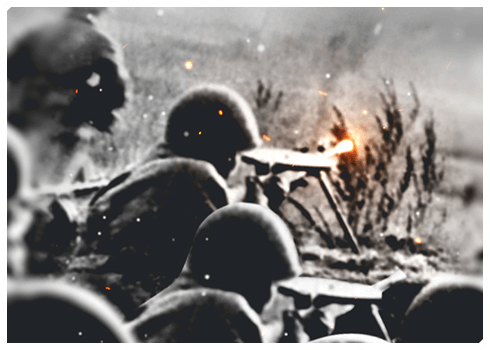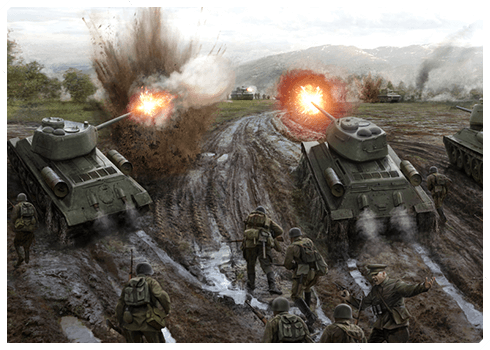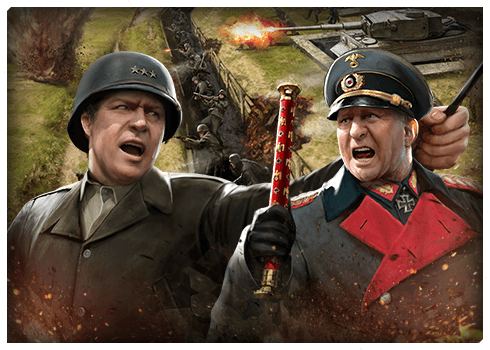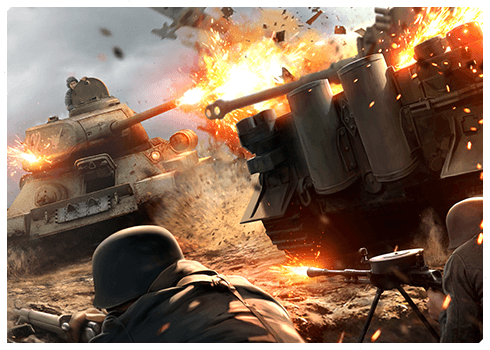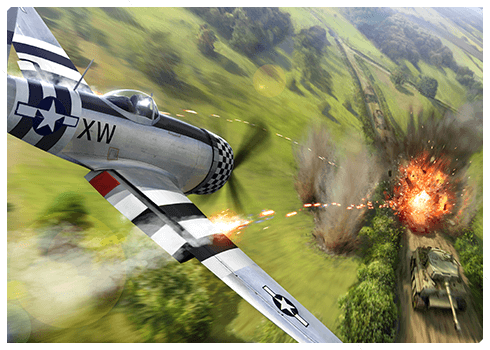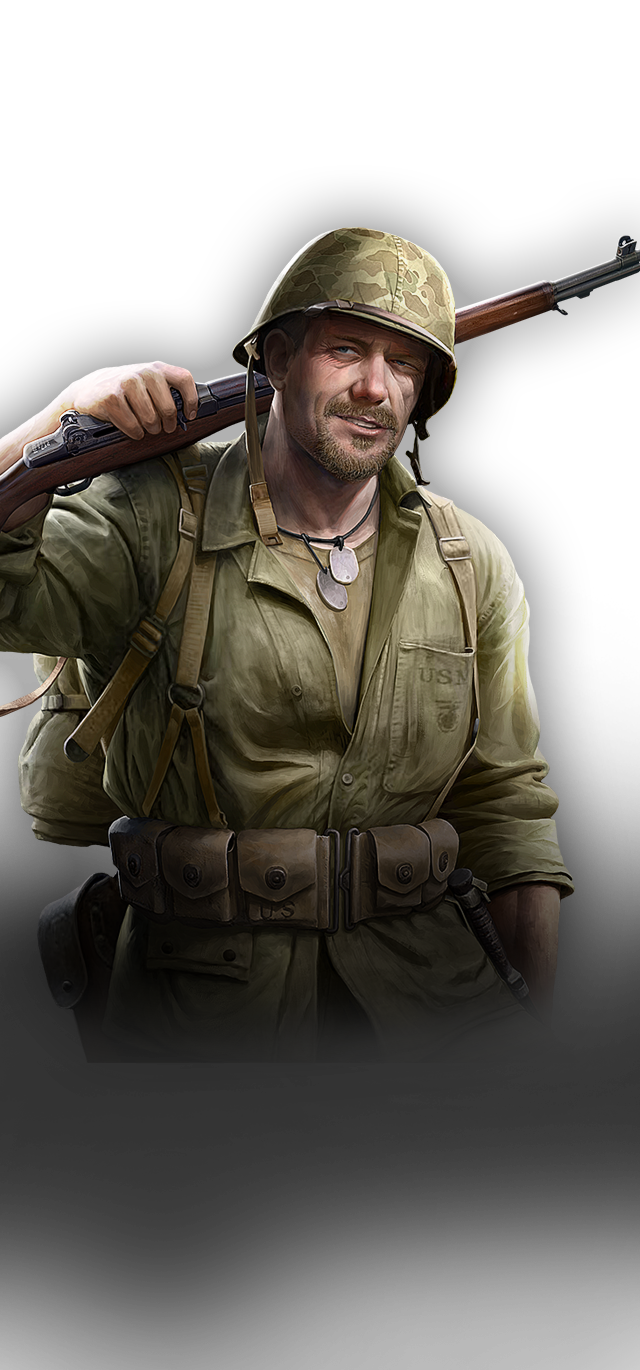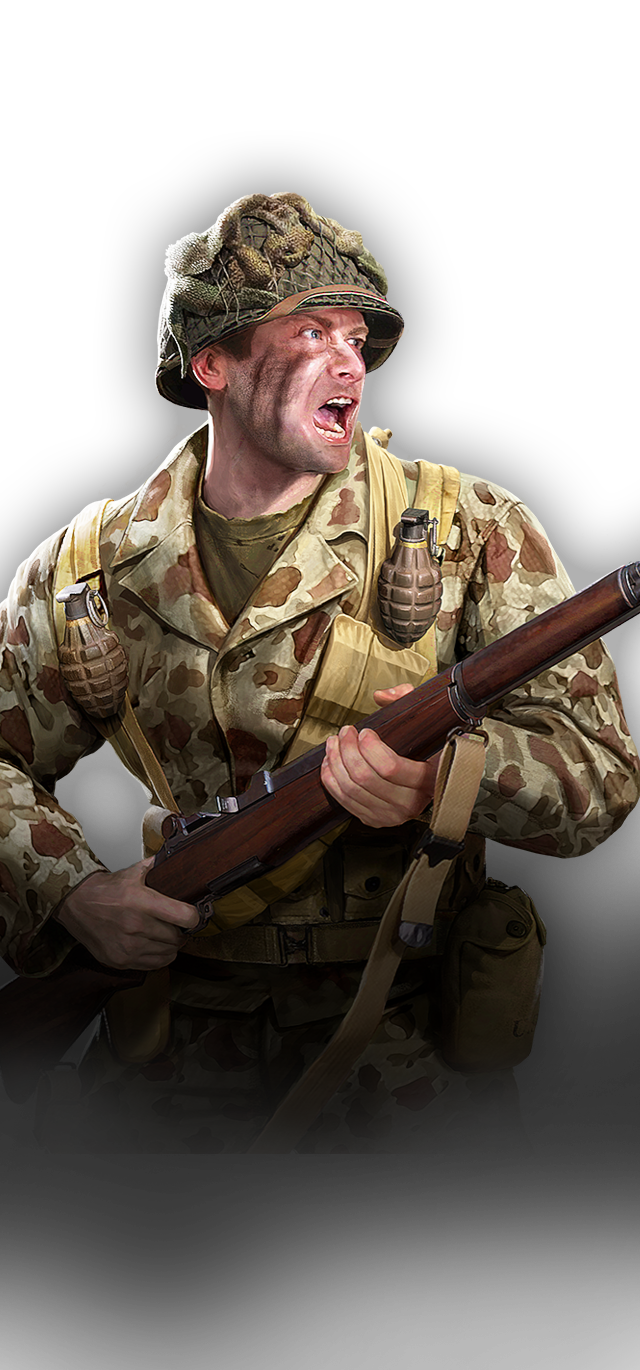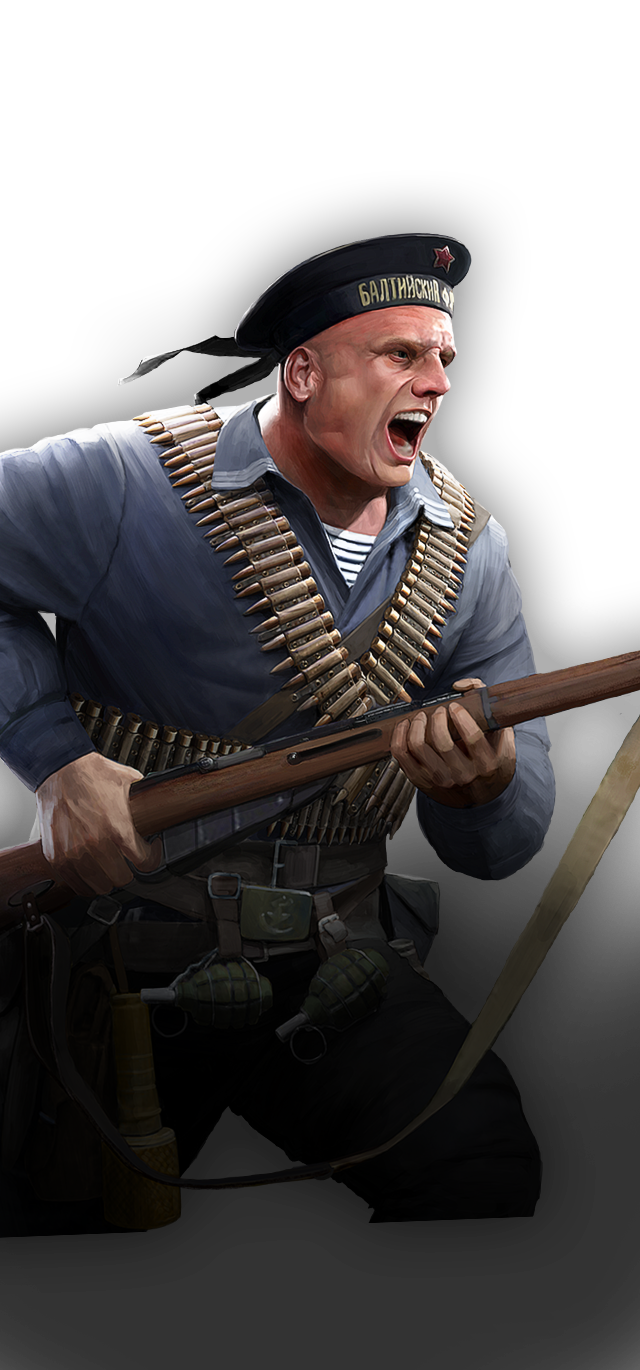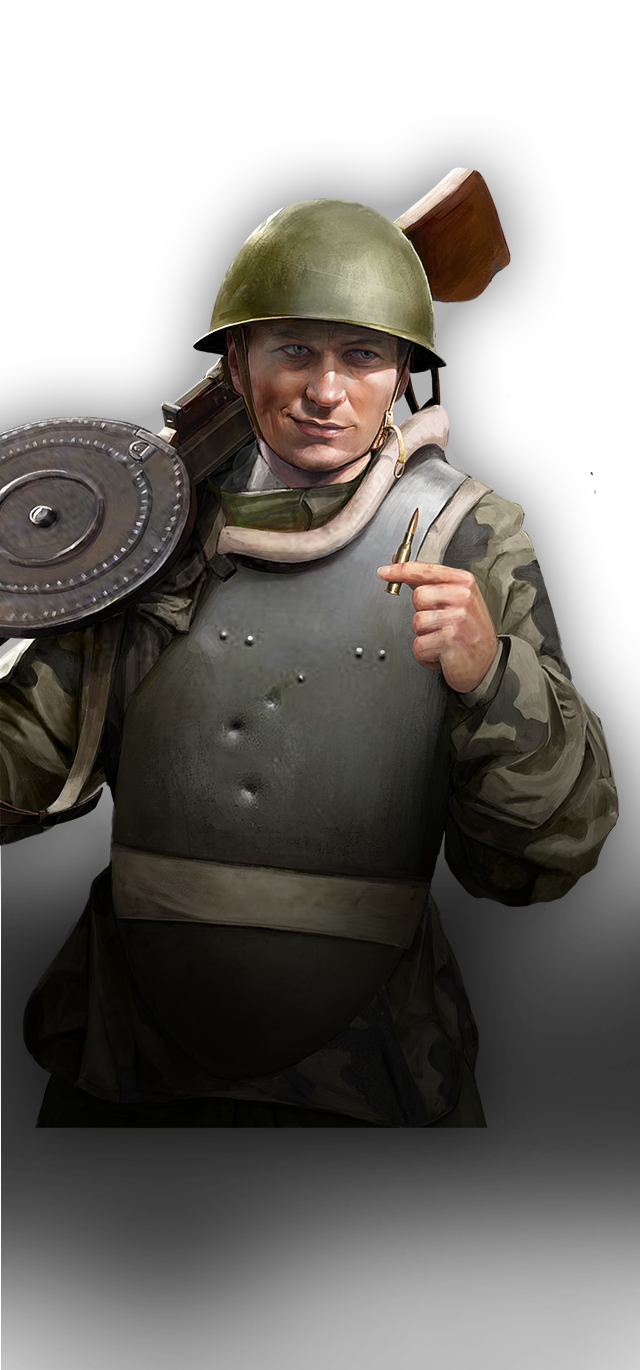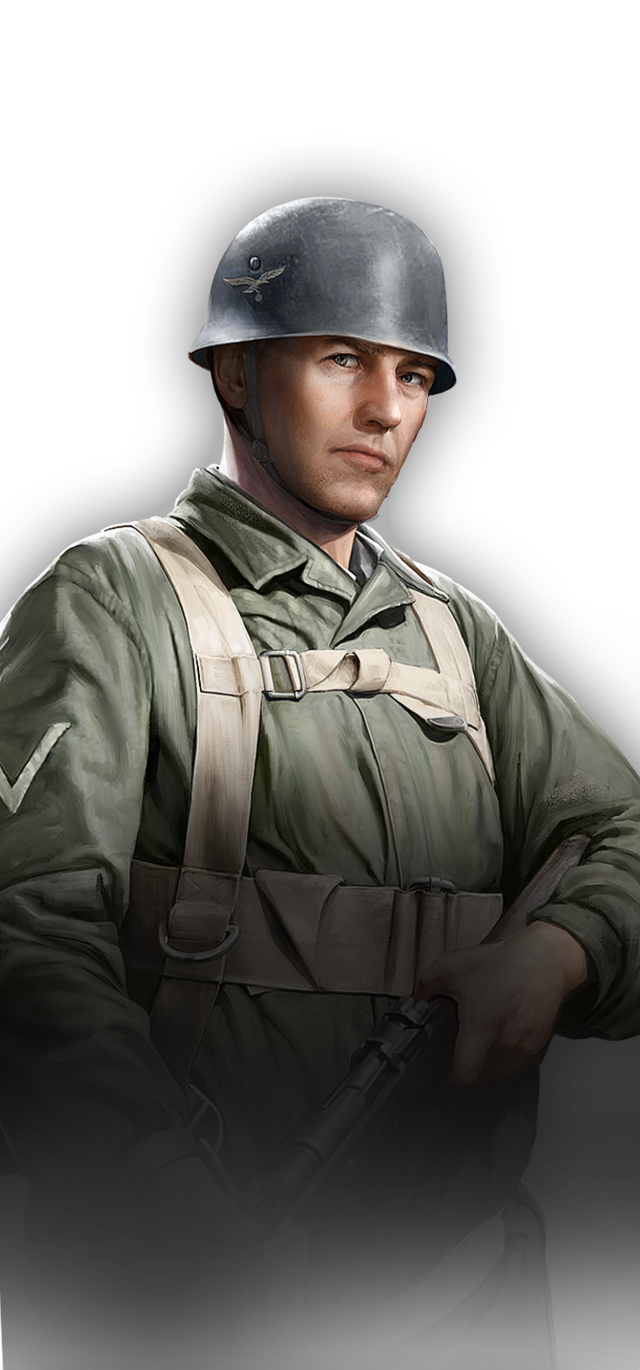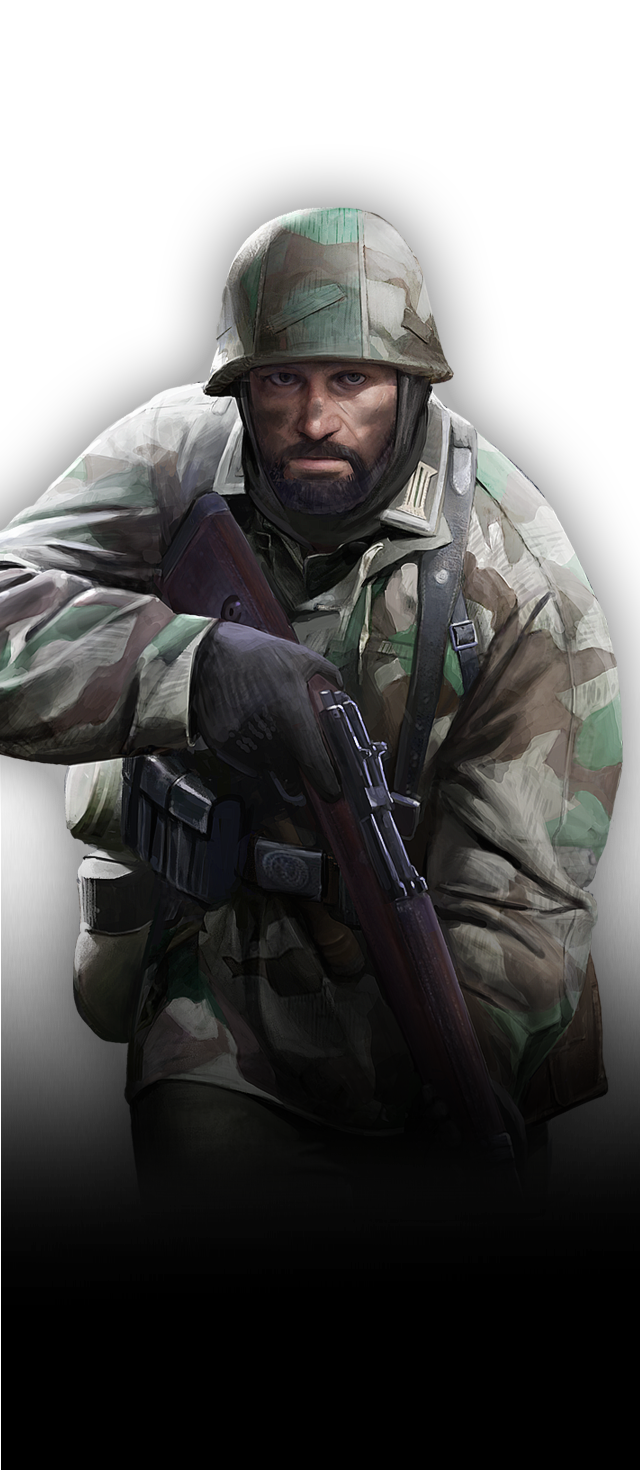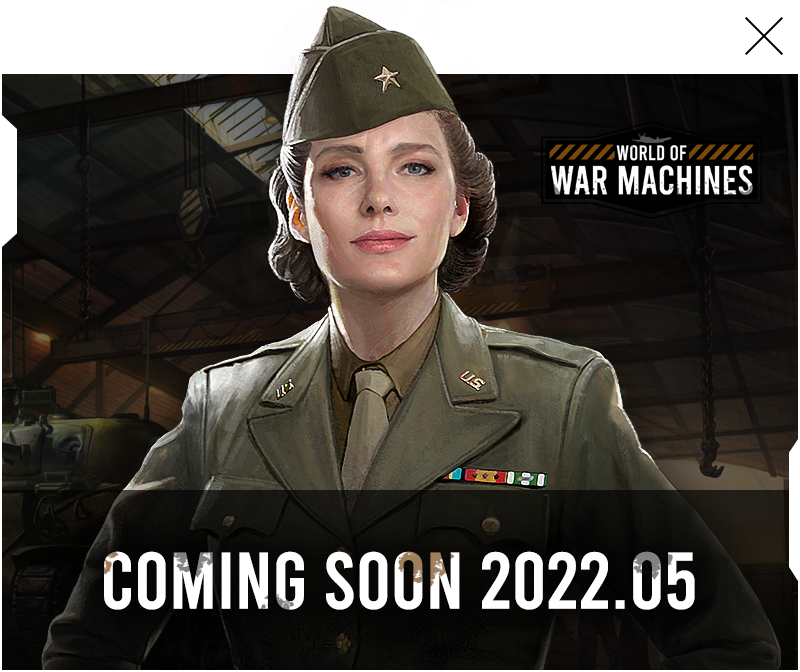Contents
 Highest reliability
M4A3E8 SHERMAN
Highest reliability
M4A3E8 SHERMAN
The M4A3E8 is one of the most mass-produced modifications of the main US
armored vehicle of the World War II period.
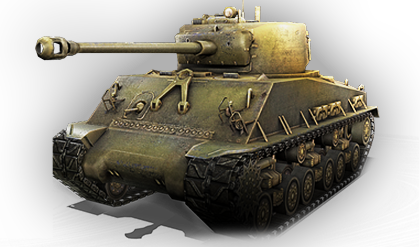
M4A3E8
 A moving anti-aircraft gun
T34
A moving anti-aircraft gun
T34
Developed in 1945 as a modernization of the T30 heavy tank.
The vehicle was equipped with the 120 mm T53 gun.
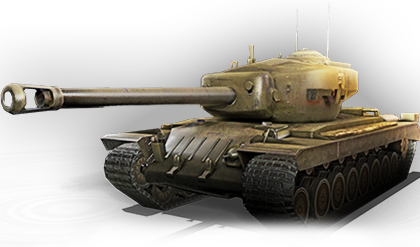
t34
 German masterpiece tank
Tiger
German masterpiece tank
Tiger
The tank first saw combat in the siege of Leningrad.
Tigers were at the forefront of battles from Tunisia to Kursk.
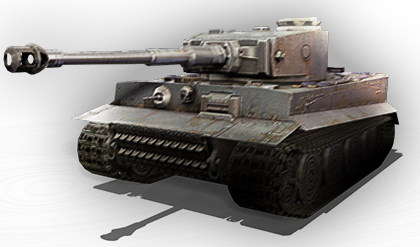
tiger
 The first super-heavy tank
MAUS
The first super-heavy tank
MAUS
Developed from June 1942 through July 1944, only two prototypes produced.
Only one of them received a turret and armament.
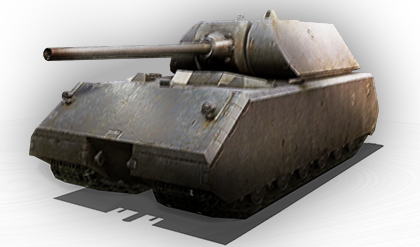
Maus
 Soviet first-generation tank
T-34
Soviet first-generation tank
T-34
The most iconic and the most widely-produced Soviet tank of WWII,
with a total of 33,805 vehicles manufactured.
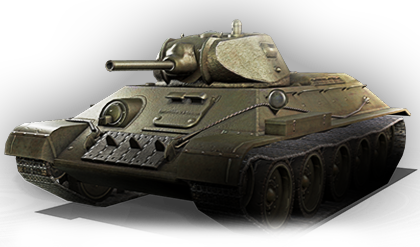
t-34
 The Beast Hunter
ISU-152
The Beast Hunter
ISU-152
Thanks to its ability to successfully combat German Tiger and Panther tanks,
the ISU-152 was dubbed “Beast Hunter" by the troops.
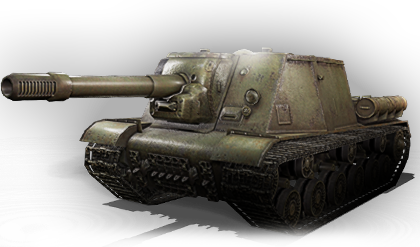
ISU-152









